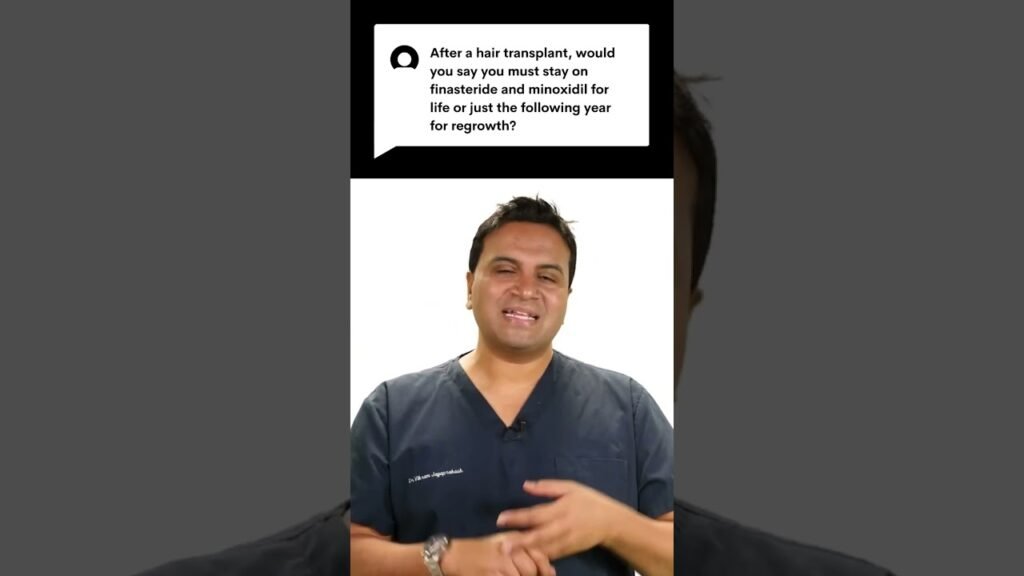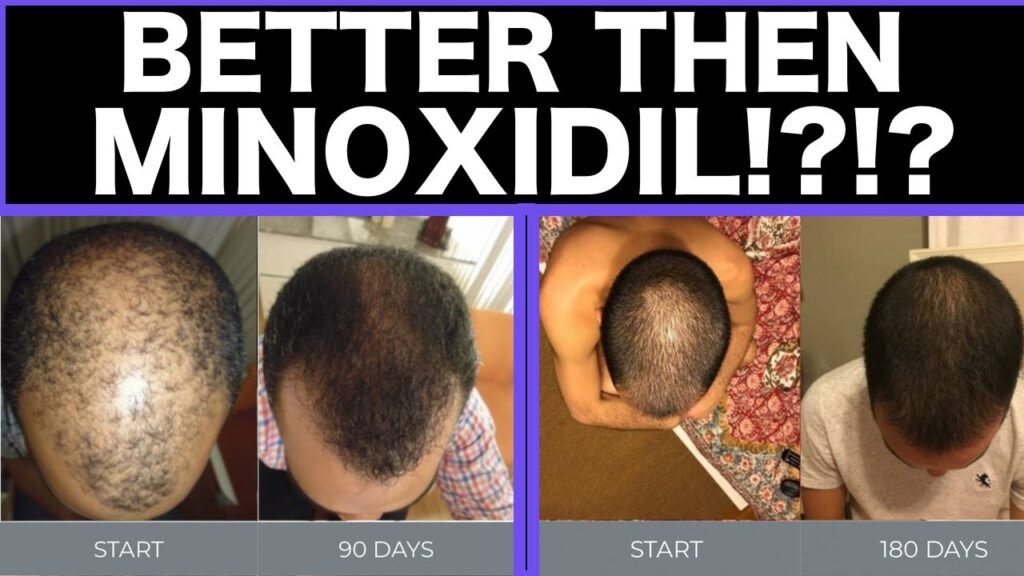Drawbacks of choosing Minoxidil vs hair transplant
When considering hair restoration options, its crucial to weigh the drawbacks of choosing Minoxidil compared to a hair transplant. One significant limitation of Minoxidil is its temporary effect. While it may stimulate hair growth, it requires continuous use to maintain results. Once the treatment is discontinued, any new hair growth is likely to be lost, reverting to the original state of hair loss. This dependency can be a long-term commitment, both financially and in terms of daily routine, which might not be suitable for everyone.
In contrast, a hair transplant offers a more permanent solution, as it involves relocating hair follicles from one part of the body to the balding area. However, Minoxidil might be preferred initially due to its non-invasive nature and lower upfront cost. Yet, users must be aware of potential side effects, such as scalp irritation or unwanted facial hair growth, which can be inconvenient and undesirable. These side effects can deter users from continuing the treatment, ultimately limiting its effectiveness.
Moreover, the effectiveness of Minoxidil can vary significantly among individuals. Not everyone experiences the same level of hair regrowth, and some may see minimal improvement despite consistent application. This unpredictability can be frustrating for users seeking reliable results. On the other hand, hair transplants, though more invasive and costly, generally offer predictable outcomes with the transplanted hair growing naturally over time, often with higher satisfaction rates among patients.


